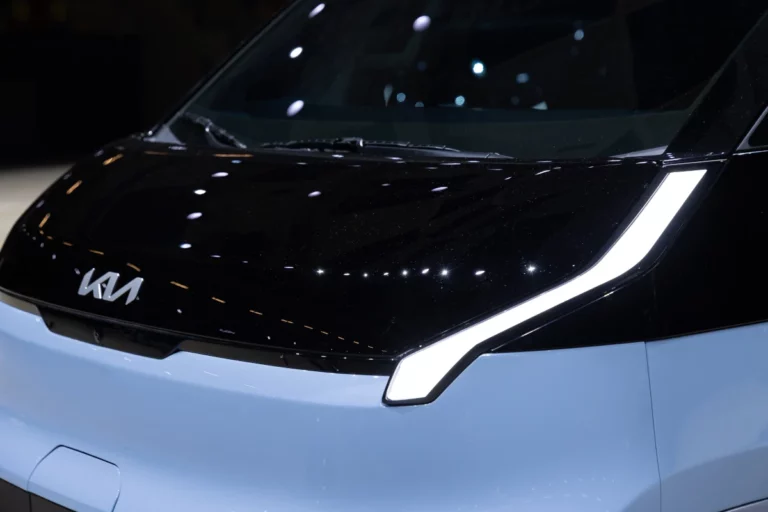The electric vehicle (EV) revolution is gaining momentum, with more electrified models appearing each year. While most new EVs are still cars and crossovers, Kia is making a bold move into the van market with their new PV5, an electric van that’s designed to be both playful and practical.
This innovative vehicle is the first in Kia’s Platform Beyond Vehicle (PBV) business strategy. According to Kia executives at EV Day 2025 in Spain, the PV5 is just the beginning of a new line of versatile electric vehicles. The PV5 distinguishes itself from existing EV vans, which typically fall into either the playful, lifestyle-focused category like the VW ID.Buzz or the utilitarian workhorse category, such as electrified versions of the Mercedes-Benz Sprinter and Ford Transit.
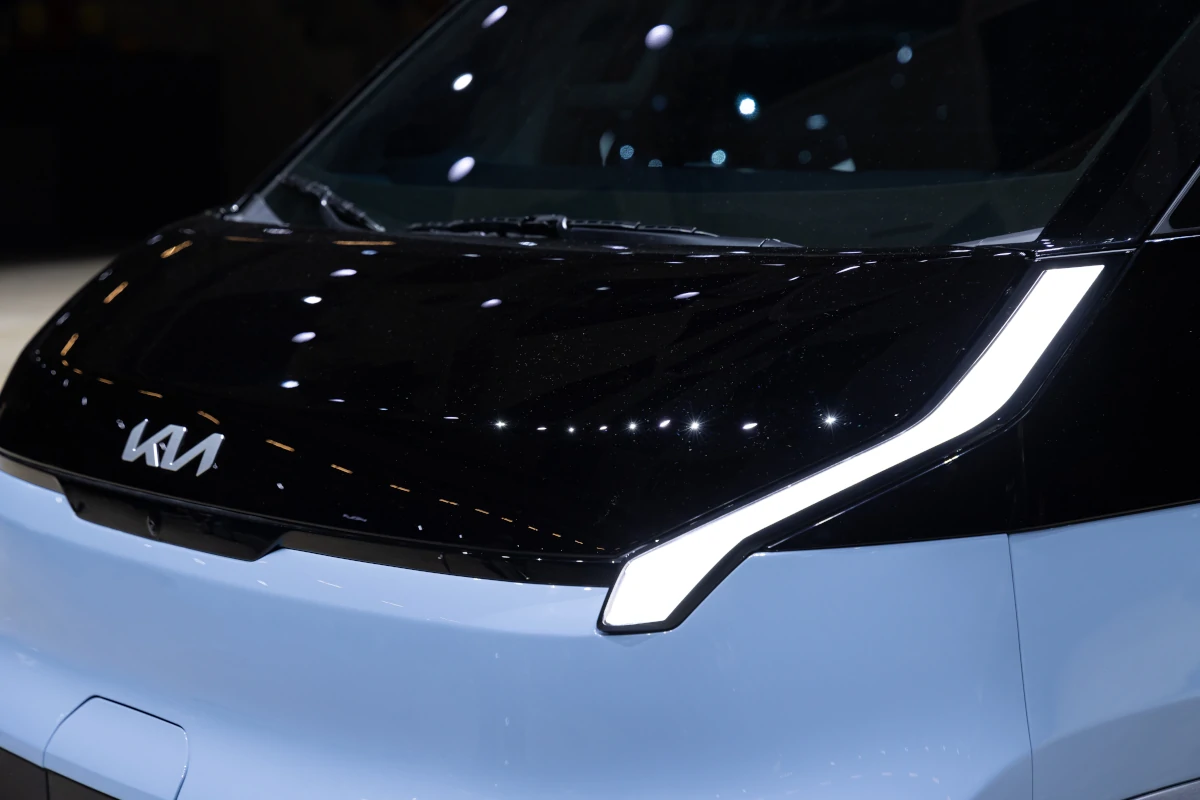
The PV5 boasts three body styles: Passenger, Cargo, and Chassis Cab. Kia’s ‘E-GMP.S’ skateboard architecture supports the PBV models, allowing for flexibility and customization to meet diverse customer needs. Electric vans have inherent advantages over internal combustion engine (ICE) vehicles, as the placement of batteries and motors is more flexible. Kia has optimized the PV5 based on these advantages.
Ho Sung Song, Kia’s President and CEO, highlighted the PV5’s significance: “By integrating the clean efficiency of an electric powertrain with the unprecedented flexibility of our new PBV architecture, and advancing our product, software, and manufacturing innovations, the PV5 embodies our core values as a sustainable mobility solutions provider. Modern vehicles have become incredibly complex, but with the PV5, Kia has united multiple cutting-edge technologies toward the goal of simplifying users’ mobility experiences. This removes complexity from their personal transport needs and frees them to focus on the pursuit of their ambitions and fulfilment of their passions.”
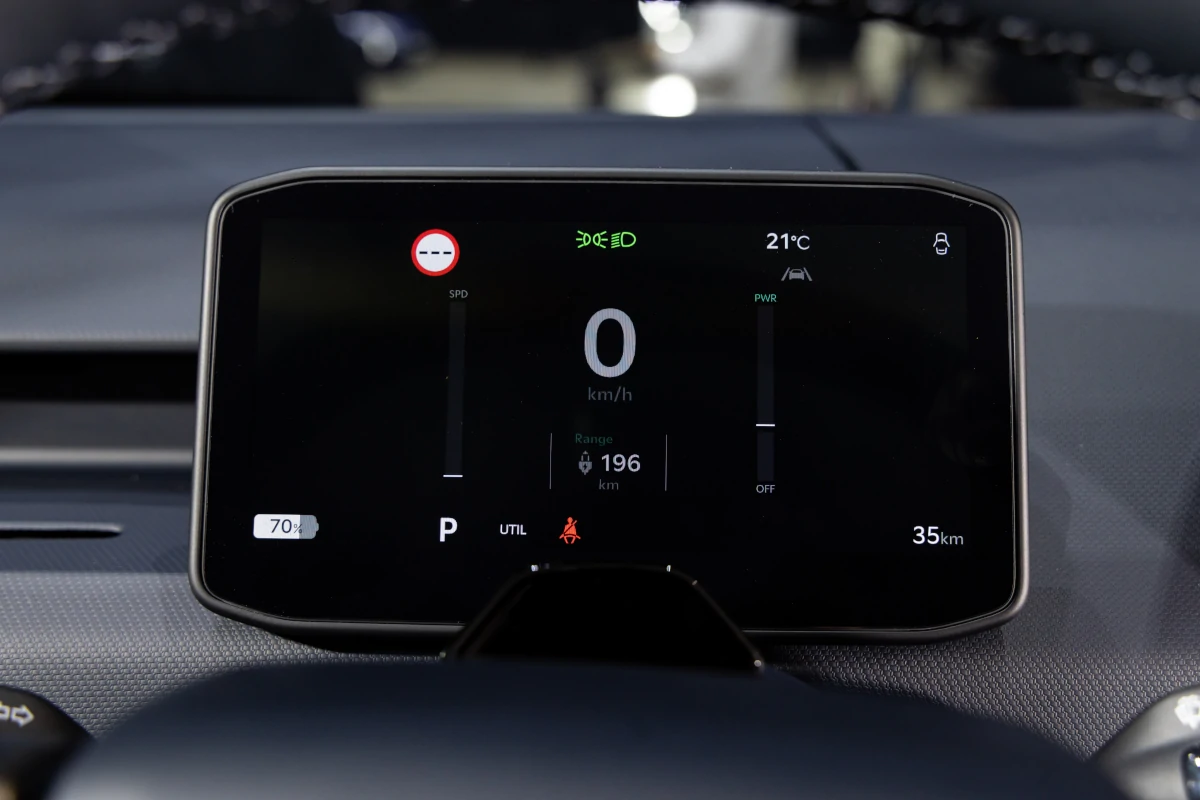
To underscore its commitment to the PBV line, Kia established a dedicated factory called the EVO Plant and will create a conversion center for customized vehicle production. Software is also a priority, with the PV5 equipped with an Android Automotive Operating System-based infotainment system. Kia is also working with key companies like BraunAbility, 42dot, and Samsung to expand the PV5’s capabilities.
The collaboration with Samsung Electronics will integrate Samsung’s IoT platform, SmartThings Pro, into Kia PBVs. This enables a connected experience that links business customers’ vehicles to their broader workplace IoT ecosystem.
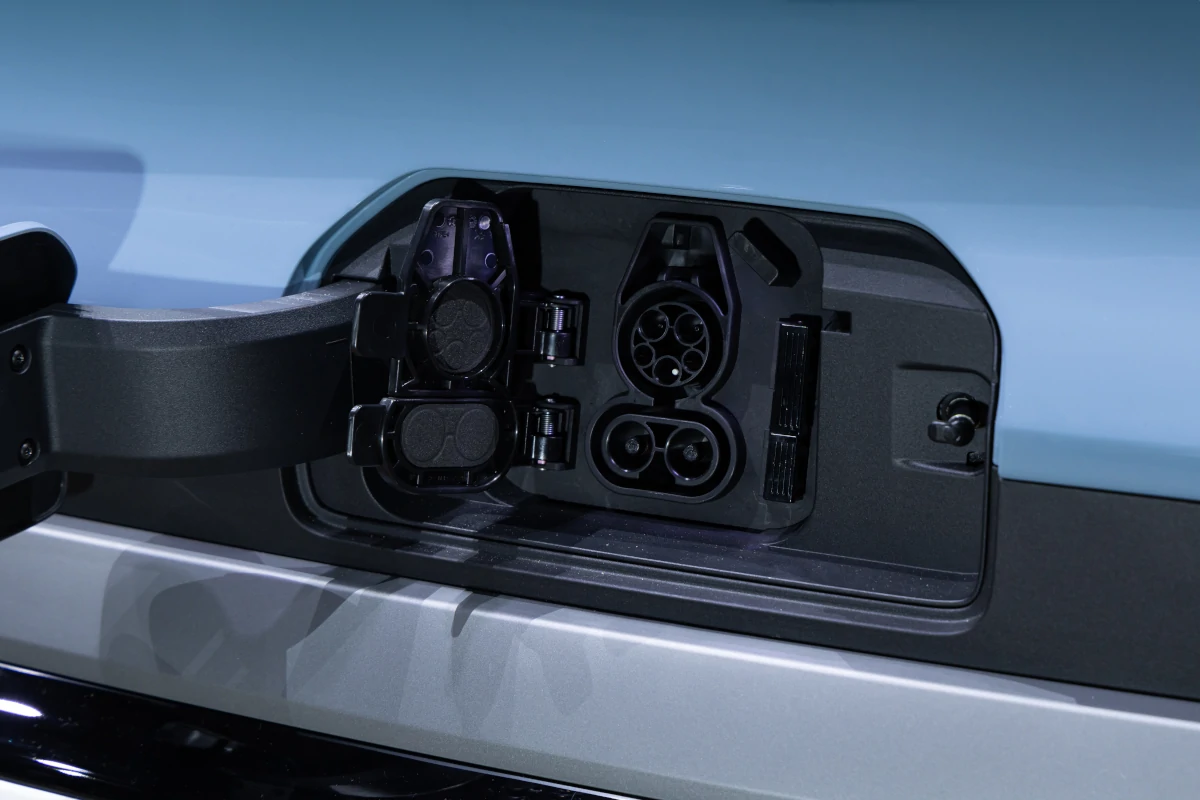
The PV5 is powered by an electric motor that produces 161hp and 250Nm of torque. Prioritizing range and usability, two battery options are available: 51.5kWh and 71.2kWh, with the latter offering a range of 400km.
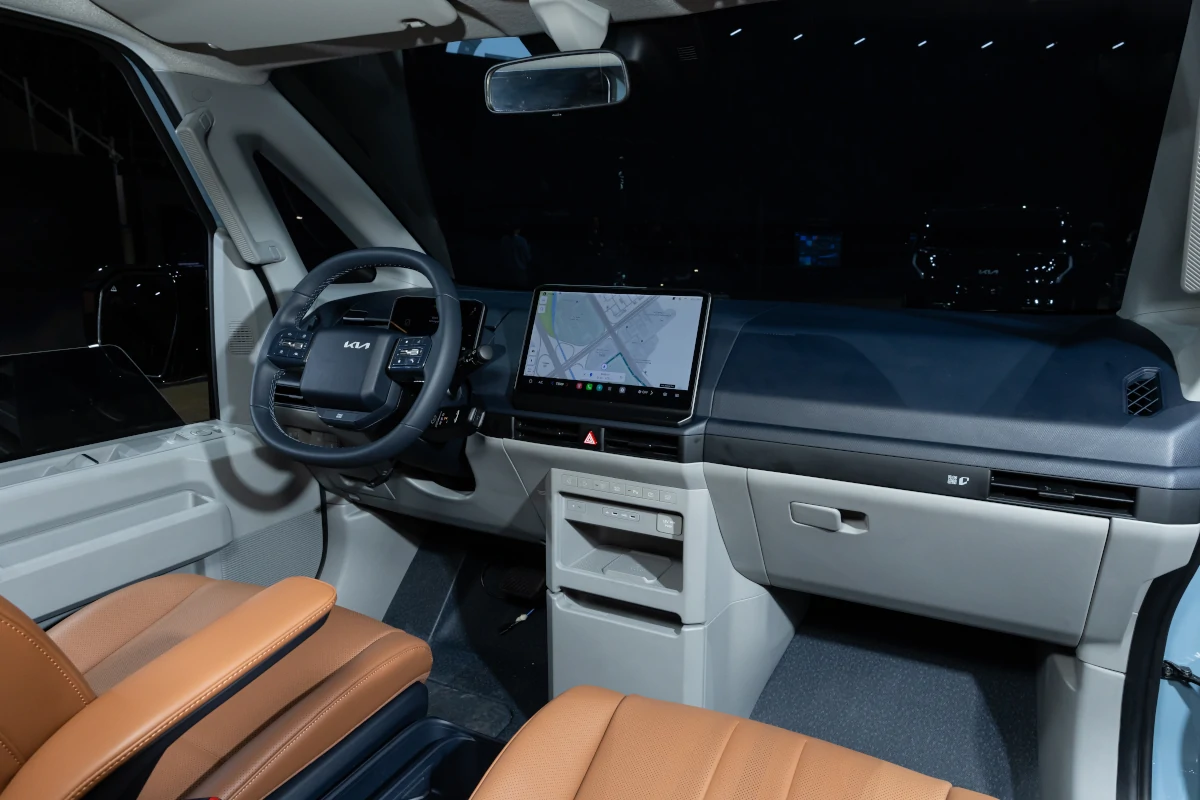
In terms of design, the PV5 has a utilitarian aesthetic that’s mostly boxy with a few curves. The PV5 offers a refreshing contrast to the more rounded design of the Hyundai Staria, and it utilizes Kia’s ‘Opposites United’ design philosophy.
Here’s a closer look at each body style:
PV5 Passenger
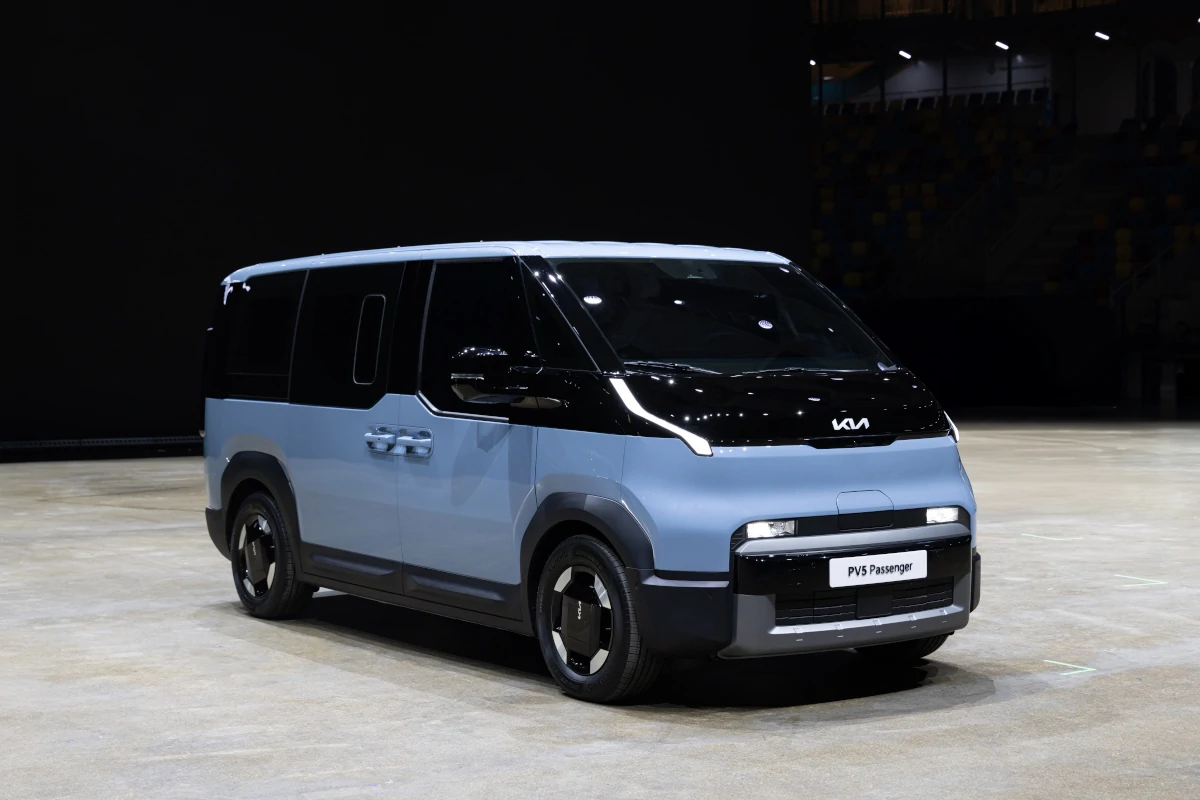
This variant has a three-row seating configuration designed for versatility. The seats can be arranged in a 2-3-0 configuration for extra luggage space or a 1-2-3 layout for storage beside the driver. Combined with various accessories, the PV5 Passenger suits both business and leisure uses. The lift-up tailgate and fold-and-dive seats are practical features for adjusting cargo and passenger space. It’s also designed with ride-hailing services like Uber in mind.
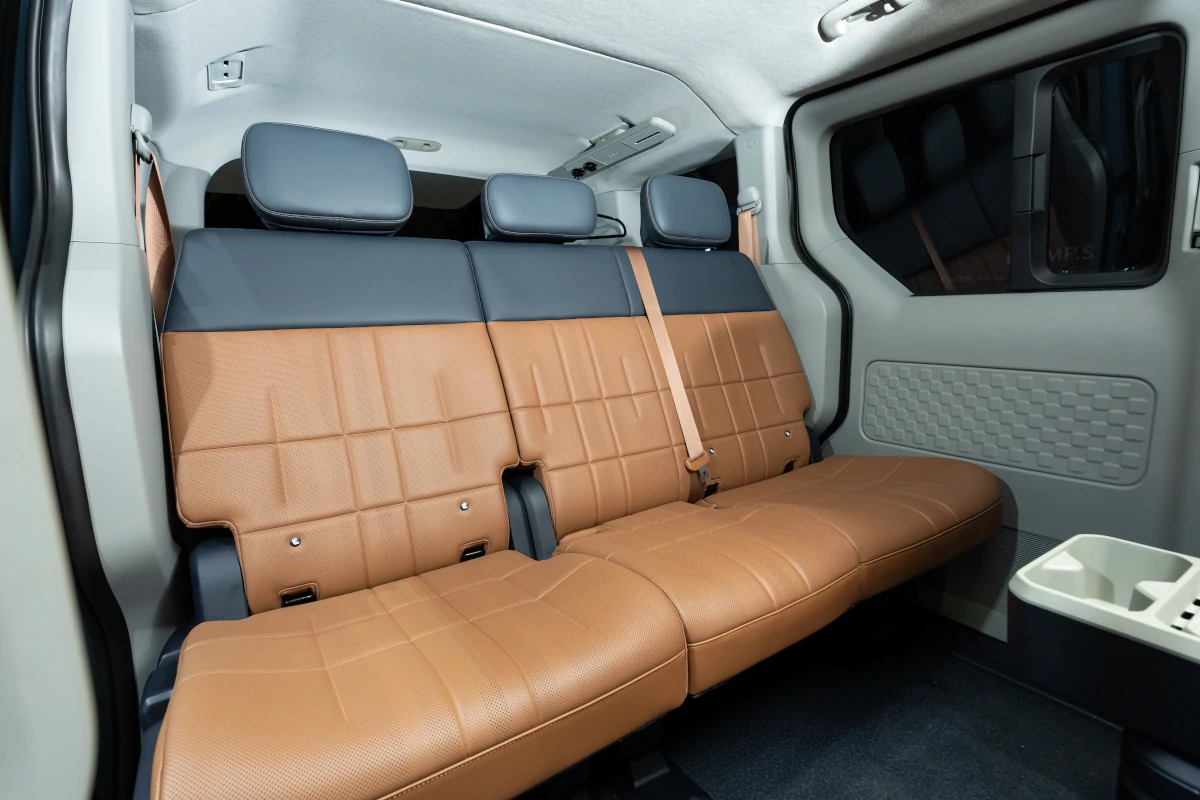
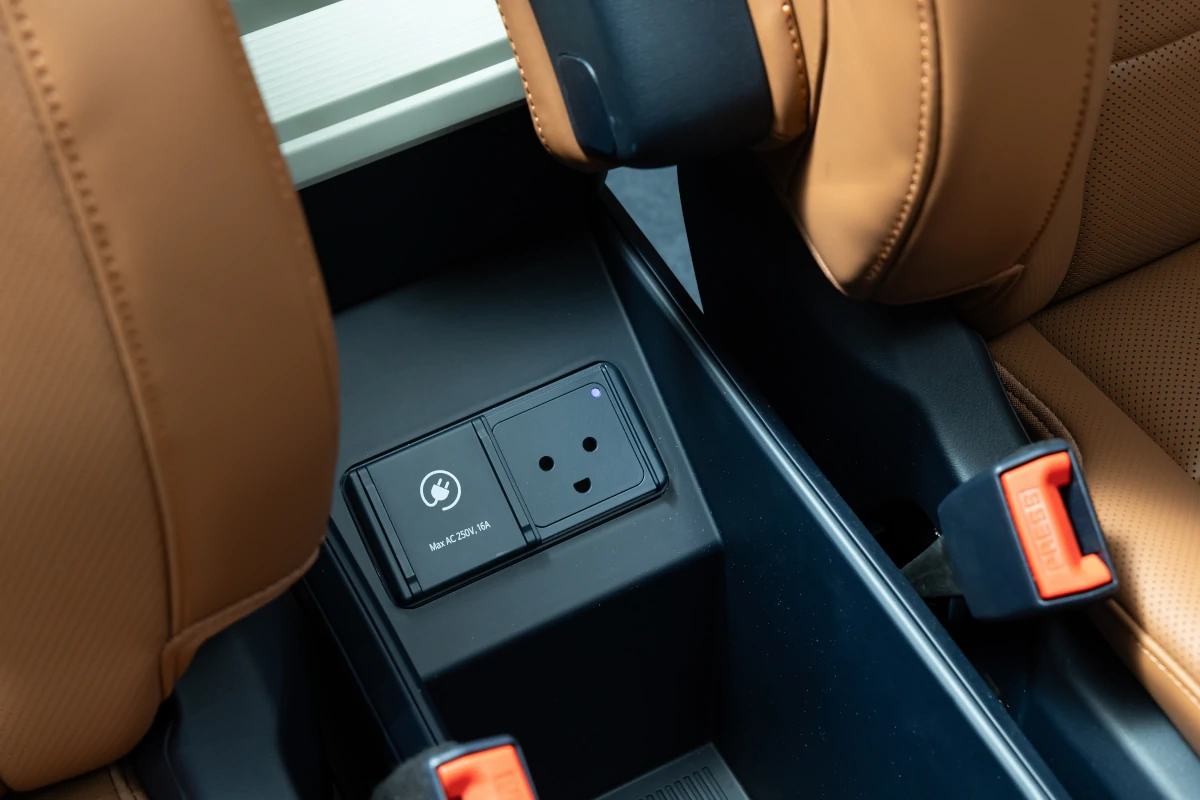
PV5 Cargo
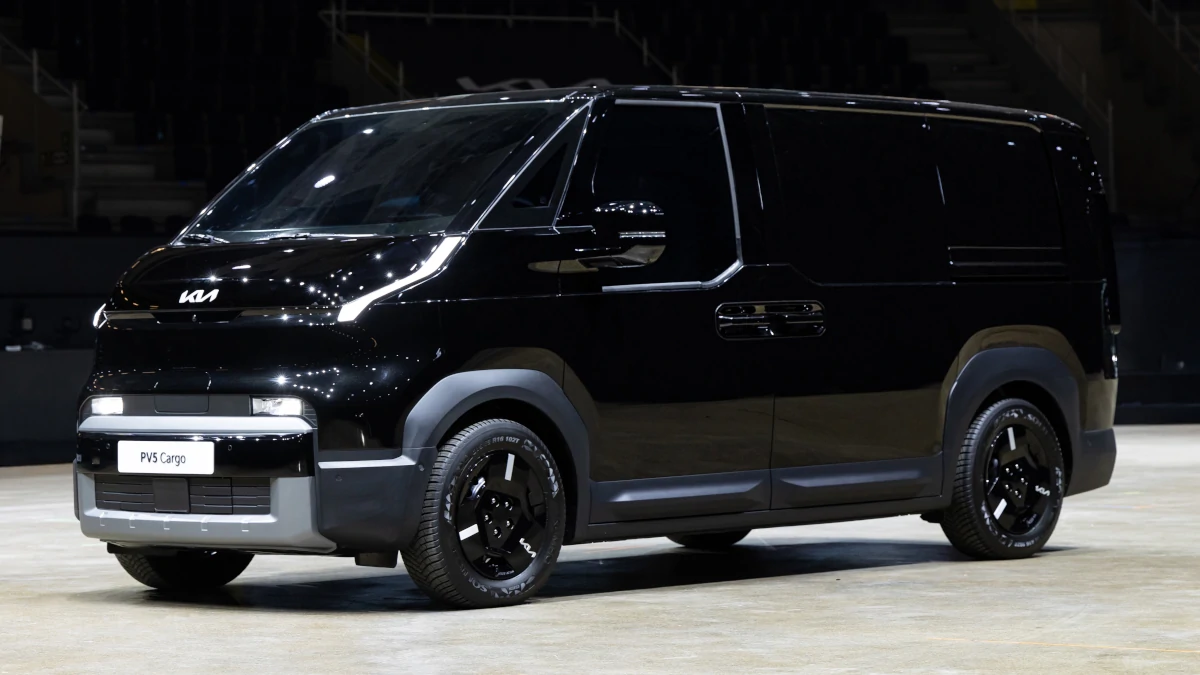
This trim comes in three specifications: Standard, Long, and High Roof, with the latter also being offered in a walk-through version. To meet the varied demands of different businesses, Kia provides numerous options. The maximum cargo space is 5.1 square meters, and a low 419mm step height makes loading and unloading easier. The Standard and Long bodies have a standard two-seat front layout, but a three-seat configuration is optional. In the High Roof version, the front passenger seat folds into the floor, allowing access to the cargo area. The cargo area also features Vehicle-to-Load (V2L) capability.
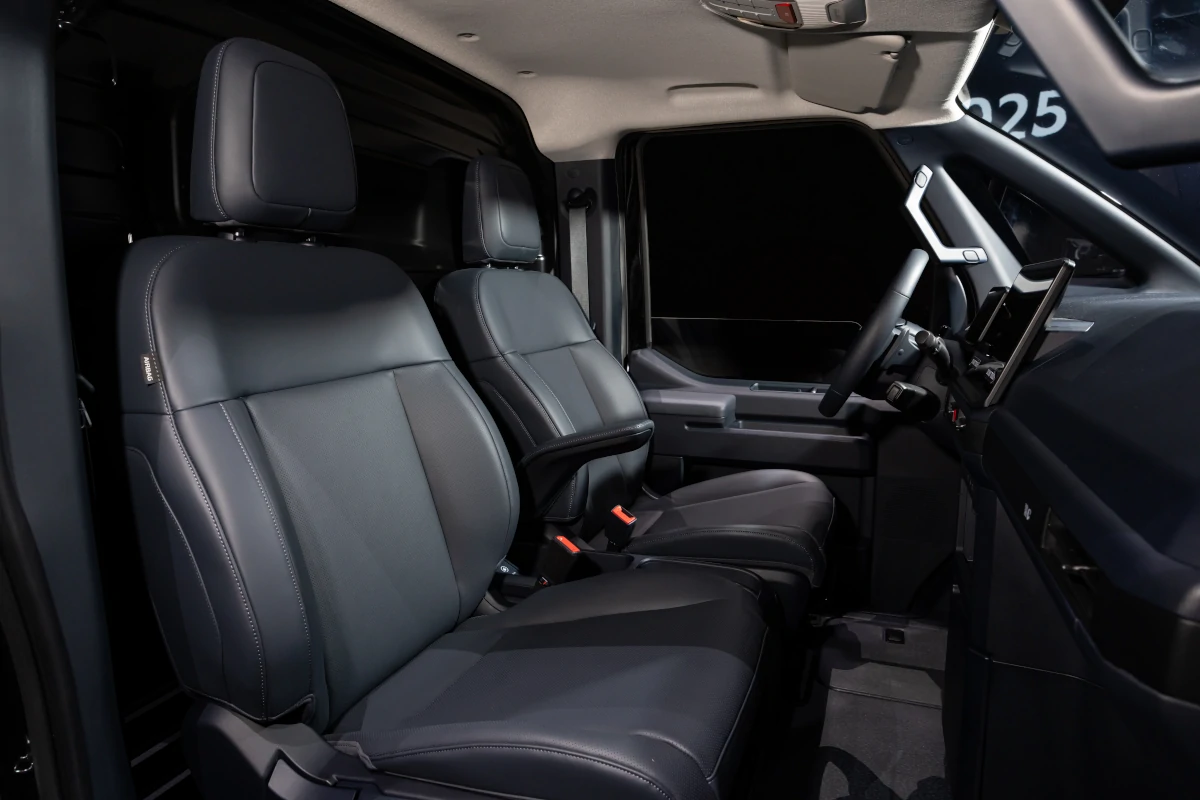
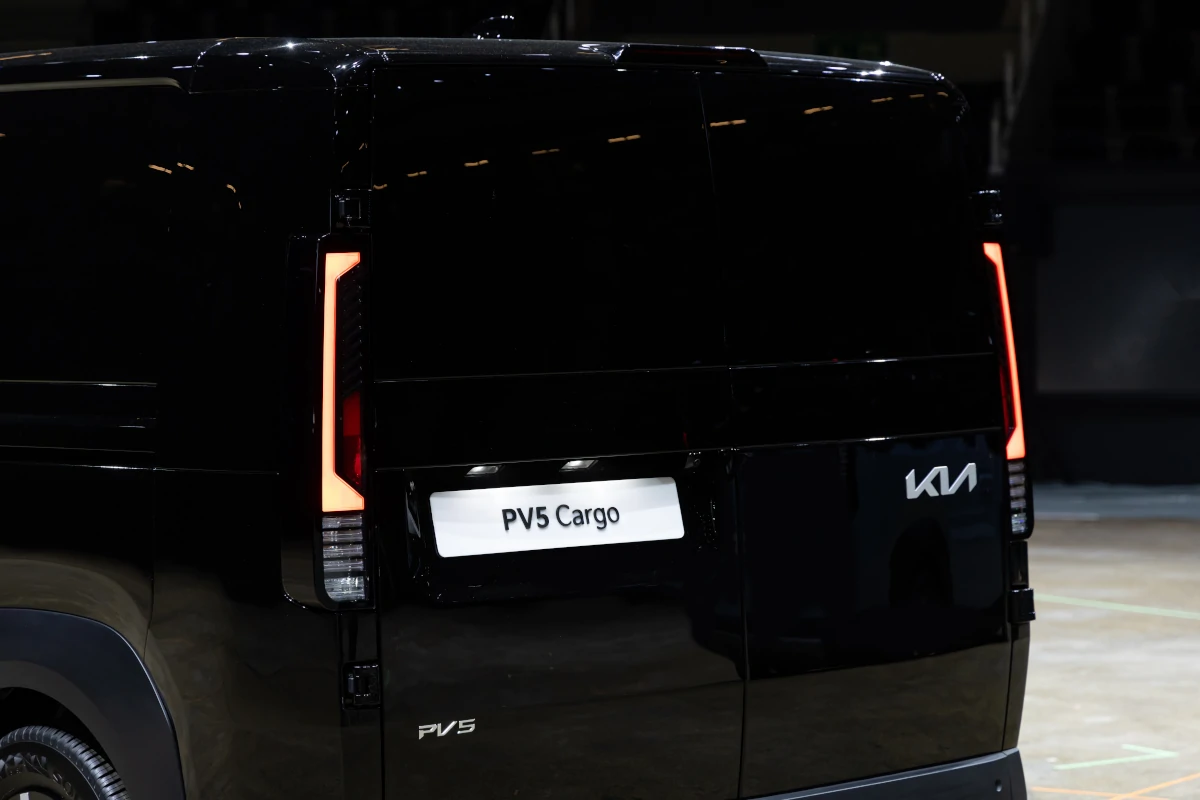
PV5 Chassis Cab
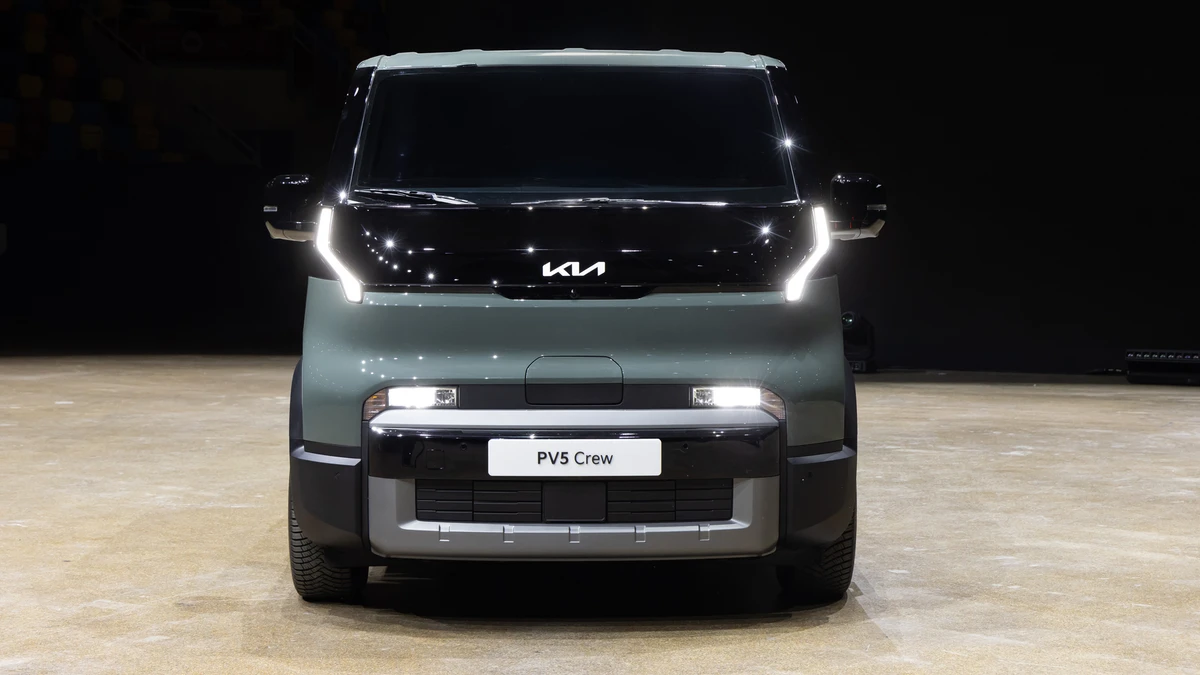
This body style is designed for customization, supplied as an incomplete vehicle, allowing clients to tailor it to their specific requirements. The PV5 Chassis Cab includes side collision protection for the battery and additional mounting brackets for cargo bodies. Drop Side and Freezer Box bodies are envisioned applications.
PV5 Crew
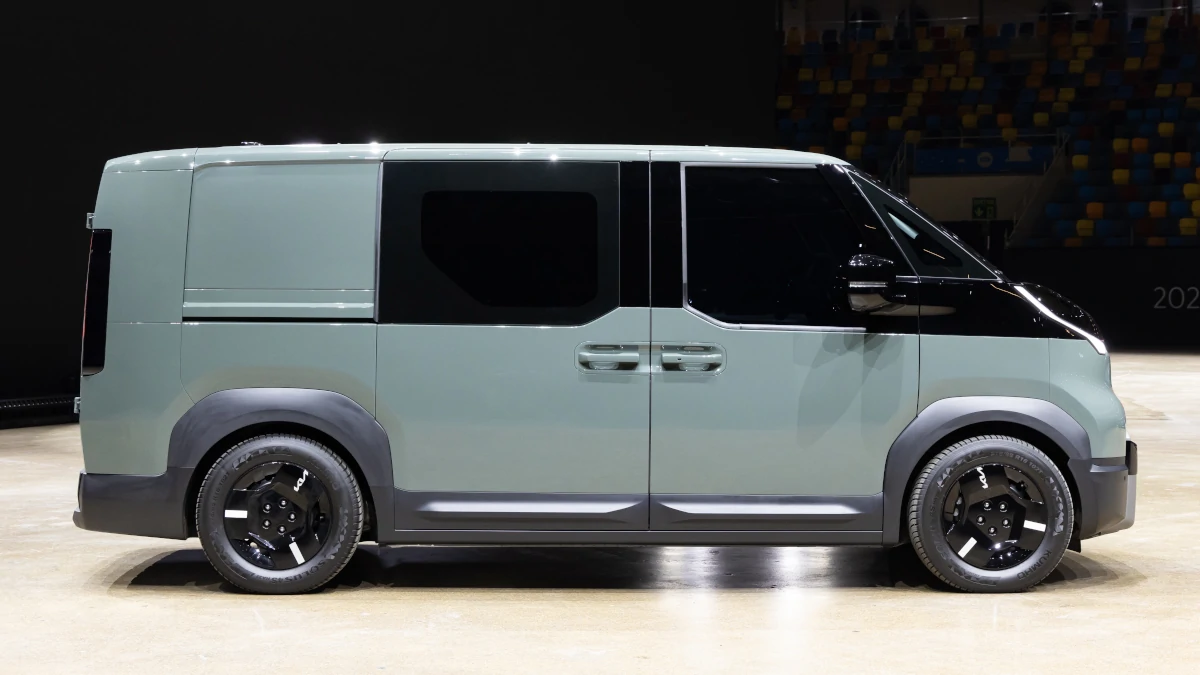
Kia’s flagship conversion model, the Crew, provides cargo-securing options such as lashing points and L-tracks. The Crew offers conversions directly through Kia, guaranteeing quality and warranty. The PV5 Crew blends cargo capacity with passenger seating, allowing for both business and personal use.
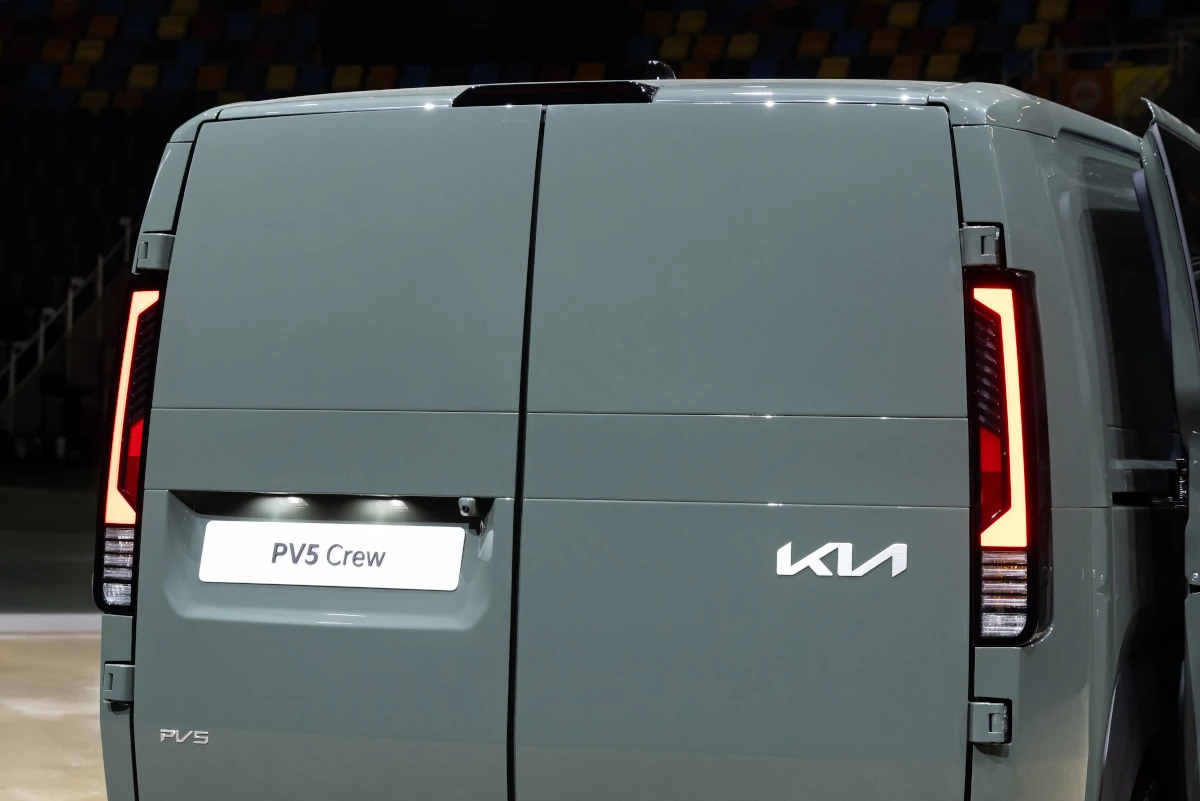
PV5 Wheelchair Accessible Vehicle (WAV)
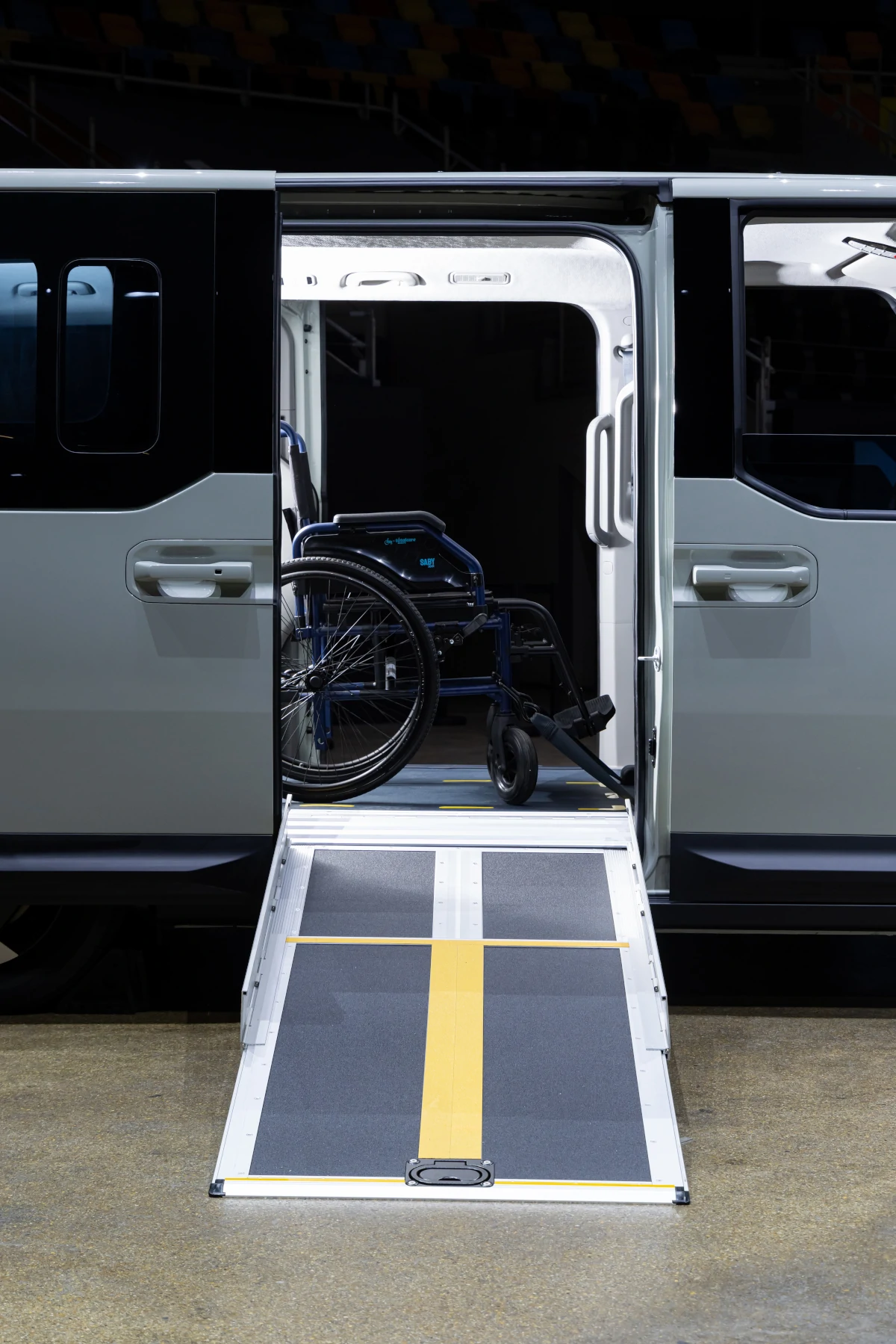
Developed for those who need wheelchair access, the PV5 WAV has a side entry point with a ramp that supports up to 300kg. It also features a universal wheelchair belt fastening system. The third-row seats have a tip-up design to help wheelchair users and their companions.
Kia says they’ve used durable, easy-to-clean materials in the PV5’s design. Inside, the cabin has a practical feel. For information and entertainment, it’s equipped with a 7-inch instrument cluster and a 12.9-inch navigation screen. The Android-based OS with over-the-air updates ensures that the PV5 stays well-connected. Sales will begin in Europe and Korea in the second half of 2025, with other markets following in 2026.
The Kia PV5 offers an exciting proposition in the electric van market. It presents a multi-purpose platform designed to transport people, haul cargo, and adapt to various needs. The possibilities truly are electrifying.



